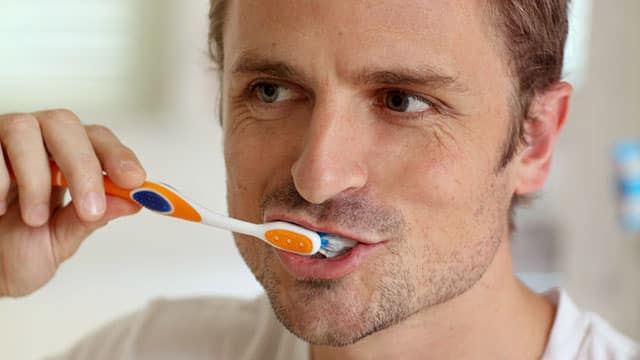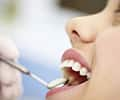What Odonotoblasts Do
Before we get into the function of the odontoblast, let's first locate it. If you were to look at a cross-section of a tooth in a microscope, you wouldn't just see just solid bone. You'd see several layers of cells that each serve a different purpose. Your teeth are made of three hard tissues and one soft tissue. The hard tissues are enamel, cementum, and dentin. Enamel, which you have probably heard of, covers the crown's surface, and cementum covers the root's surface. Dentin, which sits under the enamel and cementum, comprises the main portion of the tooth. And as you get closer to the center of the tooth, you find the dental pulp, the fourth soft dental tissue beneath the dentin. Dental tissue contains blood vessels and nerve fibers.
So, where does the odontoblast fit in? What do odontoblasts produce? The odontoblast sits between the soft dental pulp and hard dentin, and its primary function is to produce dentin. And you may be more familiar with dentin than you think. Suppose dentin loses the enamel on top of it. In that case, the tubules that make up its form allow heat and cold or acidic or sticky foods to stimulate the nerves and cells inside the tooth, causing sensitivity—a familiar and uncomfortable feeling for many.
But back to odontoblasts. While their primary function is to produce dentin, there's new evidence that they could act as pain receptors and defensive cells in the dental pulp. Odonoblasts also continue to repair and protect through the entirety of the tooth's life—so they are stable and do not get replaced.
Odontoblasts, Ameloblasts and Your Tooth Anatomy
As mentioned in the last section, these parts of the teeth have independent functions to keep your teeth healthy but work together. For instance, when teeth are growing, specialized cells called ameloblasts are present alongside odontoblasts. While the odontoblast's purpose is to secrete dentin, ameloblasts are only present during tooth development and function to deposit tooth enamel, forming the tooth's hard outer layer.
Odontoblast Abnormalities
In some rare cases, odontoblasts can be affected by abnormalities that lead to defective development. Dentinogenesis imperfecta is a genetic mutation that alters the protein in the dentin sialophosphoprotein (DSPP) gene that forms the dentin. In this condition, the teeth appear discolored blue-gray or yellow-brown. The condition causes the teeth to weaken and become prone to premature wear. But don't worry—dentinogenesis imperfecta affects an estimated 1 in 6,000 to 8,000 people.
Another dentinal defect is called dentin dysplasia. Dentin dysplasia alters the dentin in both baby and permanent teeth, resulting in short, thin, or absent roots and no pulp chamber. While the affected teeth appear normal, untreated teeth can lead to tooth loss in the early adult years.
Luckily, these abnormalities are rare, and treatment is available depending on your age and your case's severity. If you're experiencing tooth sensitivity, be sure to chat with your dentist about how you can work toward strengthening your teeth.
How to Help Your Odontoblasts
Beyond understanding the parts of your teeth and how they work together, the best thing you can do to help your odontoblasts is to keep your teeth healthy with good oral hygiene habits. That means brushing twice a day with toothpaste, specifically one that helps strengthen weak enamel, flossing, or cleaning between your teeth daily with interdental brushes or water flossers, and checking in with your dentist if you're experiencing tooth sensitivity. Your odontoblasts play a crucial role in keeping your teeth healthy and strong—and the best thing you can do to help these fantastic cells is to practice excellent oral hygiene habits.
Oral Care Center articles are reviewed by an oral health medical professional. This information is for educational purposes only. This content is not intended to be a substitute for professional medical advice, diagnosis or treatment. Always seek the advice of your dentist, physician or other qualified healthcare provider.
ORAL HEALTH QUIZ
What's behind your smile?
Take our Oral Health assessment to get the most from your oral care routine
ORAL HEALTH QUIZ
What's behind your smile?
Take our Oral Health assessment to get the most from your oral care routine
Join Us
Get the best of your oral health routine and take it to the next level with expert advice, recommendations, products and solutions and special offers.
Join Us
Get the best of your oral health routine and take it to the next level with expert advice, recommendations, products and solutions and special offers.















